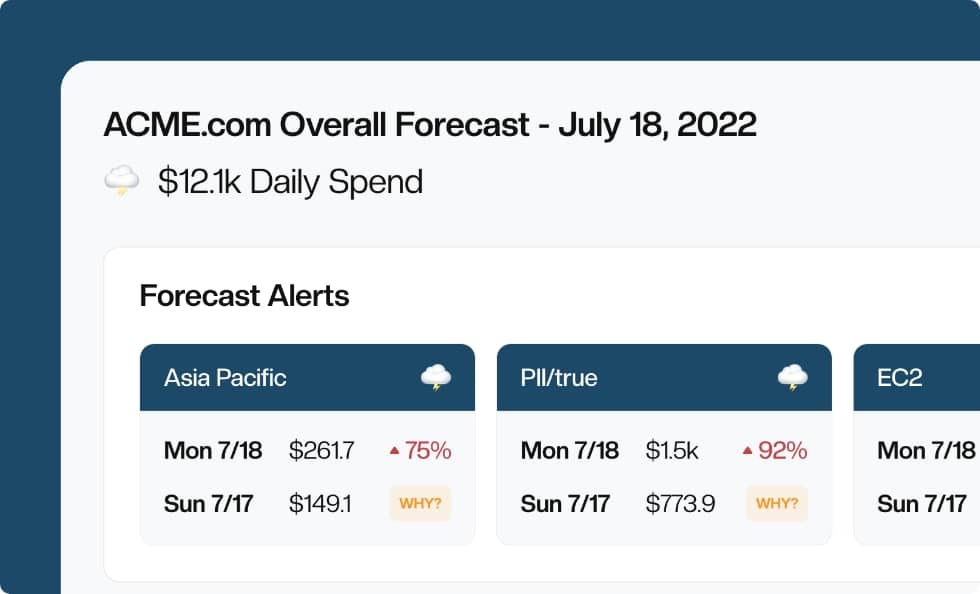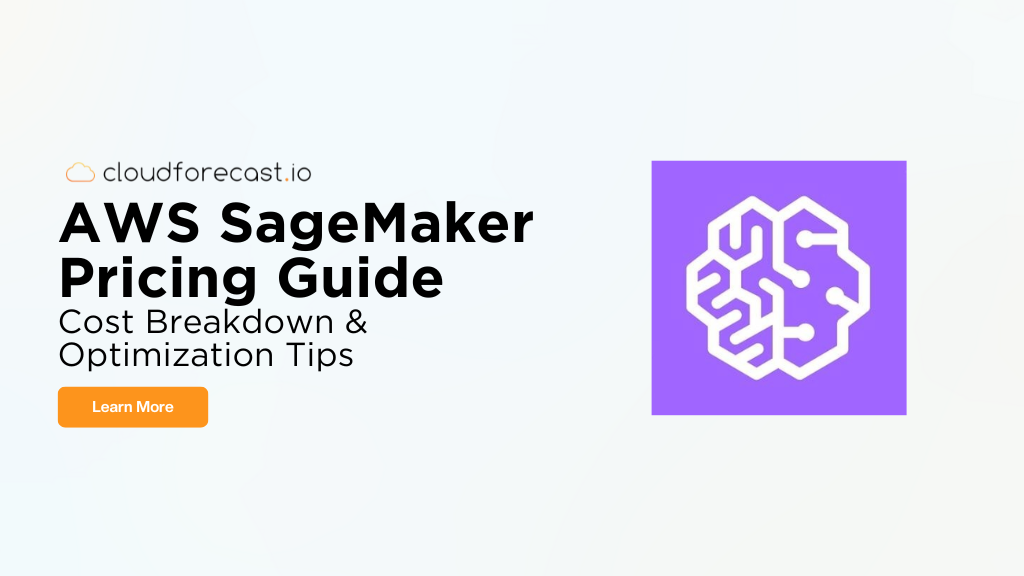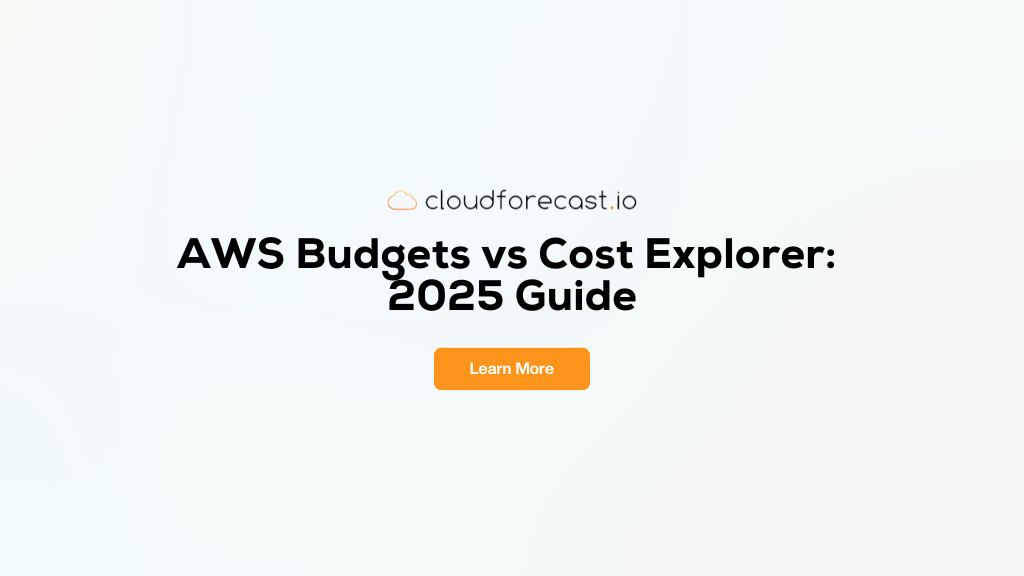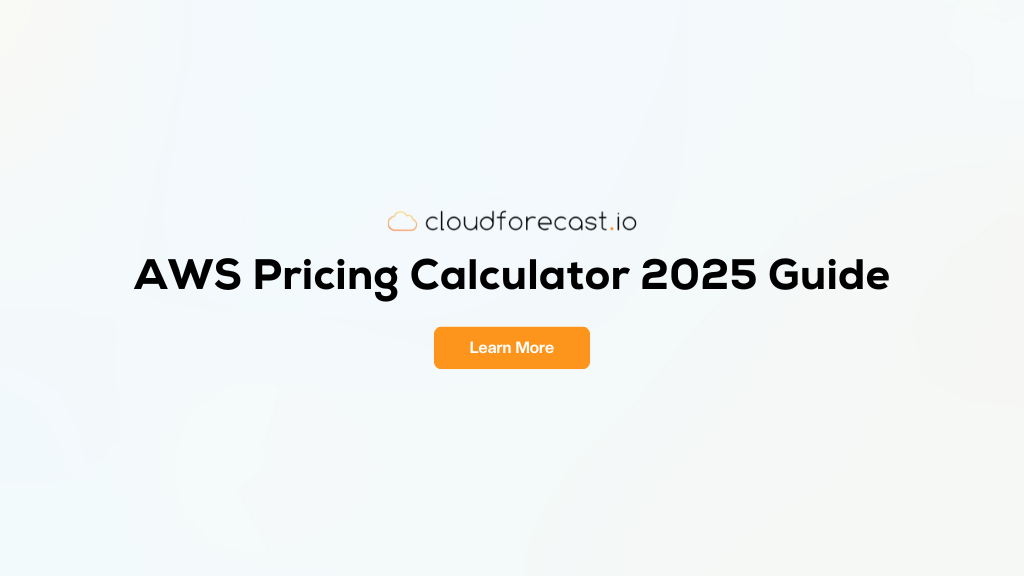AWS Savings Plans vs Reserved Instances
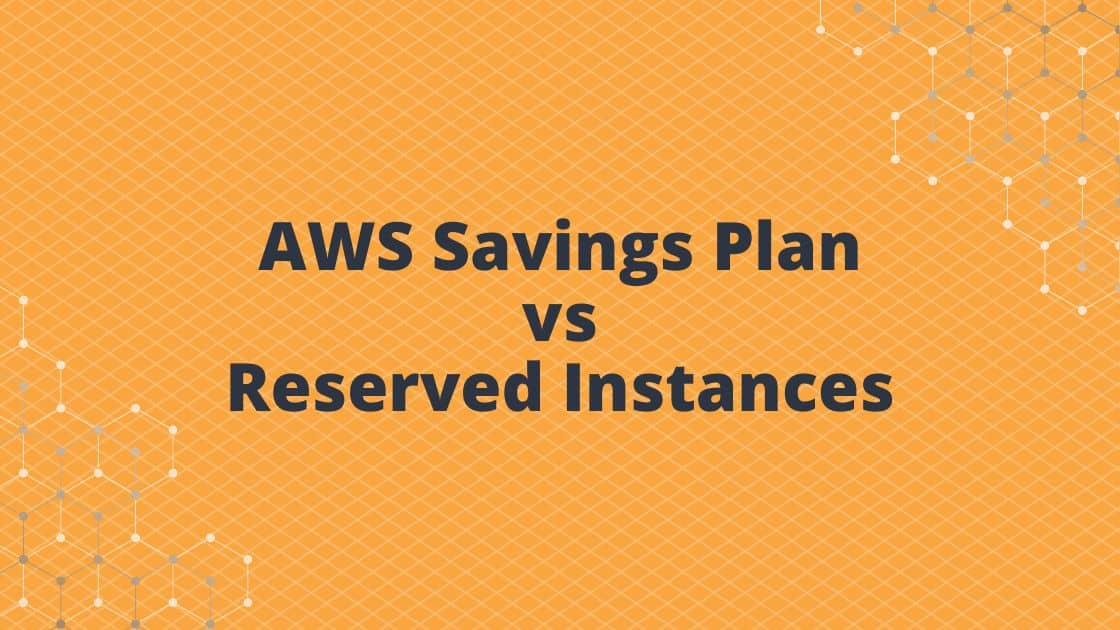
Cloud computing continues to be utilized at an increasing rate, creating an increased need to understand how savings plans vs reserved instances fit into your business.
Ever since Amazon released the Savings Plans, which offers a flexible pricing model with on-demand prices, companies have been able to better manage their cloud infrastructure while scaling efficiently. Understanding what options are best for you can significantly lower your costs.
Savings Plans and Amazon EC2 Reserved Instances (RI) are the main ways you can lower your AWS costs. While companies can use both services, this article will help you understand the differences, advantages, and limitations of each, as well as some practical use cases to help you decide what option will be best for you.
What is a Savings Plan in AWS?
AWS Savings Plans offer flexible discounts in computing power and use access in tandem with fund commitment for either one or three years that can lower your bill by up to 72%.
Savings Plans was created to simplify RI services that catered to the compute demands of managing complex reservations. A well-known feature of this is the commit discount structure or a commitment to an instance type for up to three years. Depending on your commitment length(1-3 years) and initial upfront costs, the overall savings increase slightly, reaching up to 72%.
There are three types of Savings Plans: Compute Savings Plans, Amazon SageMaker Savings Plans, and EC2 Instance Savings Plans.
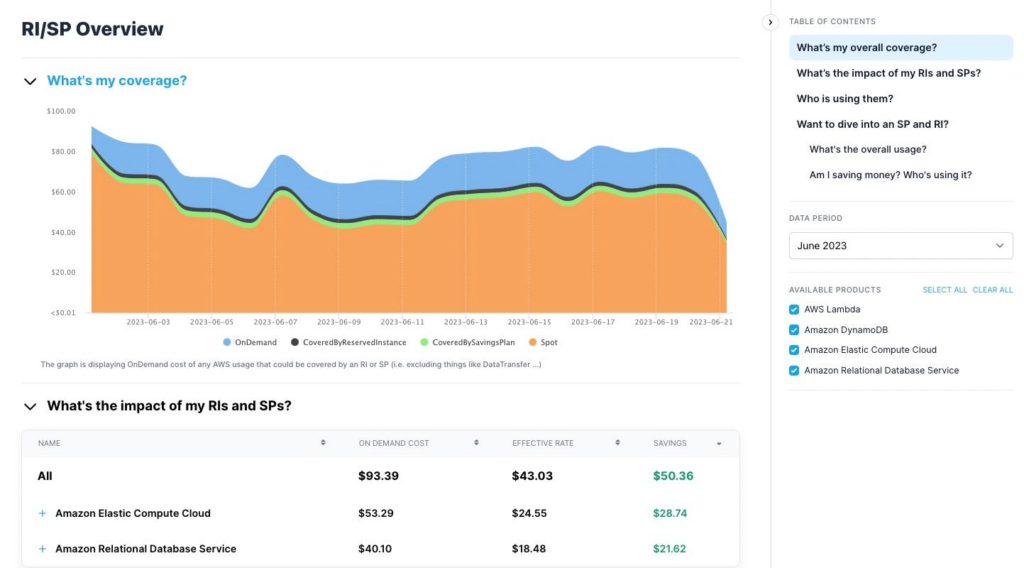
The Different Types Of AWS Savings Plans
Choosing the right AWS plan helps you optimize your financial resources while taking advantage of the flexibility available when deploying complex applications in the cloud.
Saving Plans Investment can be cumbersome. With the different choices and commitment levels, it is important to see the financial impact each option can have on your bottom line. Being able to plug in your numbers to see the impact can help you visualize this (use this tool we have created to get started on this). We go into the three types of AWS savings plans below to better understand what their advantages and limitations are and how you can implement each effectively.
Compute Savings Plans
Compute Savings Plans is usually automated, irrespective of family, size, zone, operating system (OS), tenancy, and region. This plan works with Amazon Elastic Compute Cloud (Amazon EC2), Amazon Elastic Container Services (Amazon ECS), AWS Fargate, and AWS Lambda. Compute Savings Plans is the most flexible savings plan, and with an on-demand rate, you can get a discount offer of up to 66 percent when compared to other savings plans.
Compute Savings Plans is similar to Amazon EC2 convertible RI in the discounts they offer, but the compute savings plan has more flexibility. You can change the instance family type (C5 to M5), OS, availability zone (AZ), tenancy, and region. With Compute Savings Plans, you can also move your resources or applications from Amazon EC2 to Amazon ECS using AWS Fargate without increasing your cost.
SageMaker Savings Plans
Amazon describes the SageMaker Savings Plans as the flexible (usage based) pricing model for Amazon SageMaker. These plans are the most flexible and offer a discount of up to 64 percent. They are a machine learning service for cloud-based projects managing large data in a distributed environment that automatically applies to eligible SageMaker ML instances. The Amazon SageMaker instance usage includes the Amazon SageMaker Studio, Amazon SageMaker Canvas, Amazon SageMaker Training Compiler, and more.
EC2 Instance Savings Plans
EC2 Instance Savings Plans requires an organization’s commitment to the same family. It’s similar to the conventional RI but allows an instance change of family type. It also makes provisions for savings of up to 72 percent regardless of the size (ie m5.xlarge and m5.2xlarge), OS (ie Linux, Windows, or Mac), and tenancy (ie host or dedicated) within the specified region’s family. EC2 instance savings plans will automatically apply to eligible Amazon EC2 usage(limited to the hourly commitment). This option will reduce your overall steady-state usage costs, regardless of instance family.
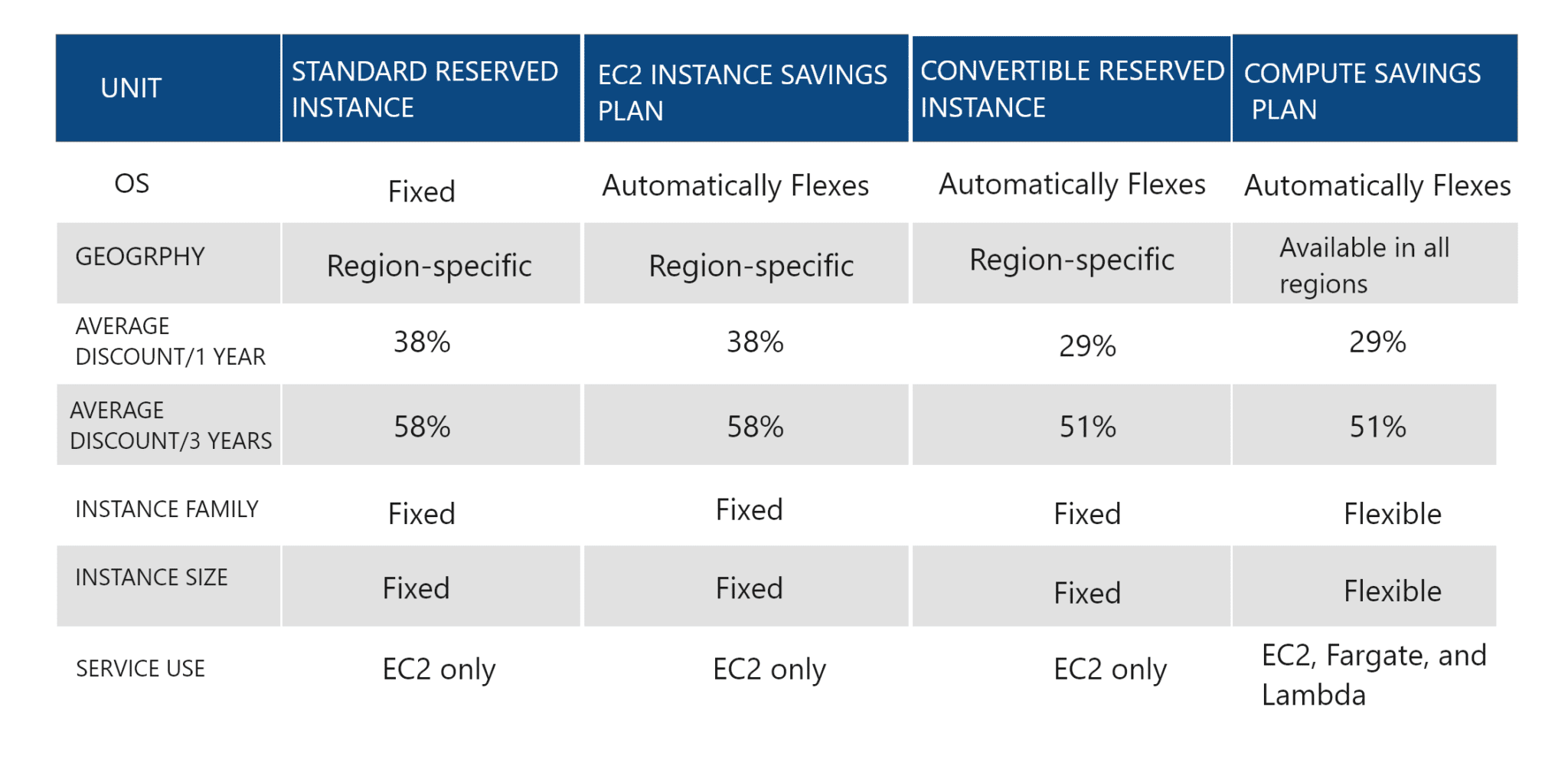
Advantages of Savings Plans
The Savings Plans is known for its flexibility (this is especially true for Compute Savings Plans) in comparison to RI, which locks the instance in for three years. It also offers far less planning and complex infrastructure than the classic RI. With the Savings Plans, changes in instance family types are possible. Overall, AWS Savings Plans are easier to manage.
Limitations of Savings Plans
Savings Plans is not available on services like Amazon Relational Database Service (RDS) instances, Amazon Redshift, Amazon ElastiCache, and Amazon DynamoDB. As previously stated, they are limited to AWS Fargate and Amazon EC2 instances. Amazon may make provisions for the unavailable services in the future, but currently, they’re not obtainable.
The Savings Plans does not provide capacity reservations or offer better discounts than RI, and their reselling options are not available for underused commitments. The simplicity that the Savings Plans offers often leaves you with less control over your commitment duration because you can’t sell out underused commitments.
AWS Reserved Instances
Reserved Instances has been around for over a decade and is still heavily used by many enterprises, including Netflix, NRG Energy, and NCR Corporation. The RI demands an instant commitment to instance types (M4, T2, T3a, etc.) in exchange for a discount for one year or three years. Plan options are available, including All Upfront, Partial Upfront, and No Upfront options. The RI incorporates Amazon RDS instances, Amazon Redshift, Amazon ElastiCache, Elasticsearch, and Amazon DynamoDB services.
There are two types of RI: Standard RI and Convertible RI.
Standard Reserved Instances
Standard RIs provide up to a 72 percent discount and are designed for steady-state usage. Standard RIs offer the largest discount for a long-term contract with a limit to a particular instance type. Standard reserved instances offers less flexibility than the convertible option discussed below.
Convertible Reserved Instances
Convertible Reserved Instances offer a more flexible alternative that comes with a slightly lower discount of 66 percent, compared to 72 percent with the standard option. Convertible RIs flexibility makes sense for people wanting permissible changes in OS, tenancies, and families.
If you want to optimize your RIs, you can use ProsperOps as the easiest way to manage RIs and Savings Plans. ProsperOps is a free automated AWS cost management tool that helps you maximize savings and minimize risks.
Advantages of Reserved Instances
RI discounts are available for Amazon RDS and Amazon EC2, but not AWS Fargate.
With RIs, you may not gain an advantage from switching instance type or family because of its usage commit and complex design. But you can leverage the elasticity of its flexible transfer of workloads.
On the Reserved Instance Marketplace, you can transfer underutilized commitments when you no longer need them, which is not possible with the Savings Plans. When you pay upfront for one or three years, a significant discount of 72 percent is available.
Limitations of Reserved Instances
RIs can be challenging to plan and require continuous work due to their complex architecture. For example, when you commit to RIs, you have to run the server for approximately 774 hours per month.
While plan prices may change during your commitment, you may not benefit from changing plans or receive any discounts on your instance commits because RI locks your commitment (instance commit) for the specified period.

Savings Plans vs Reserved Instances
When choosing which plan is right for you, it’s best not to commit to one but rather a hybrid or open approach, as each has its merits and downsides; you can even use or purchase both plans with the same account. If you end up committing to one, there could be detrimental consequences to your organization. For instance, if you want more control over your commit, you can’t use the Savings Plans because you can’t sell the underutilized commits when you no longer want to use them. In this instance, RIs offer more control but require more human resources to run the infrastructure.
The flexibility that the Savings Plans offers can become a ruse to overcommitment if you don’t actually need that flexibility later on. You should choose your commitment in line with your organization’s goal or objective. With a blend of convertible RIs and Compute Savings Plans, you get more region coverage. If simplicity is all you desire, the Savings Plans is the better choice. On the one hand, RIs don’t incorporate AWS Fargate for serverless applications, which would provide additional application scope. On the other hand, the Savings Plans doesn’t cover Amazon RDS.
Regarding management overhead, Reserved Instances require frequent monitoring, while the Savings Plans is automated and less complex.
Conclusion
The key to making the best decision for your organization’s serverless computing is not necessarily about choosing the Savings Plans over RI or vice versa. The Savings Plans was not created to replace RIs but rather to simplify Amazon’s services in meeting the demands of their customers.
Nevertheless, it makes sense to conclude that both plans have benefits with similar discounts, different architectural management, and different use cases. While RIs offer higher discounts, the Savings Plans is easier to manage. Using one service doesn’t necessarily restrict you from using the other. You can use both services simultaneously or interchangeably.
If you’re looking for additional resources to help you manage your AWS costs, check out CloudForecast. CloudForecast’s focused daily AWS cost monitoring reports help busy engineering teams understand their AWS costs, rapidly respond to any overspends, and promote opportunities to save costs.
Manage, track, and report your AWS spending in seconds — not hours
CloudForecast’s focused daily AWS cost monitoring reports to help busy engineering teams understand their AWS costs, rapidly respond to any overspends, and promote opportunities to save costs.
Monitor & Manage AWS Cost in Seconds — Not Hours
CloudForecast makes the tedious work of AWS cost monitoring less tedious.
AWS cost management is easy with CloudForecast
We would love to learn more about the problems you are facing around AWS cost. Connect with us directly and we’ll schedule a time to chat!
